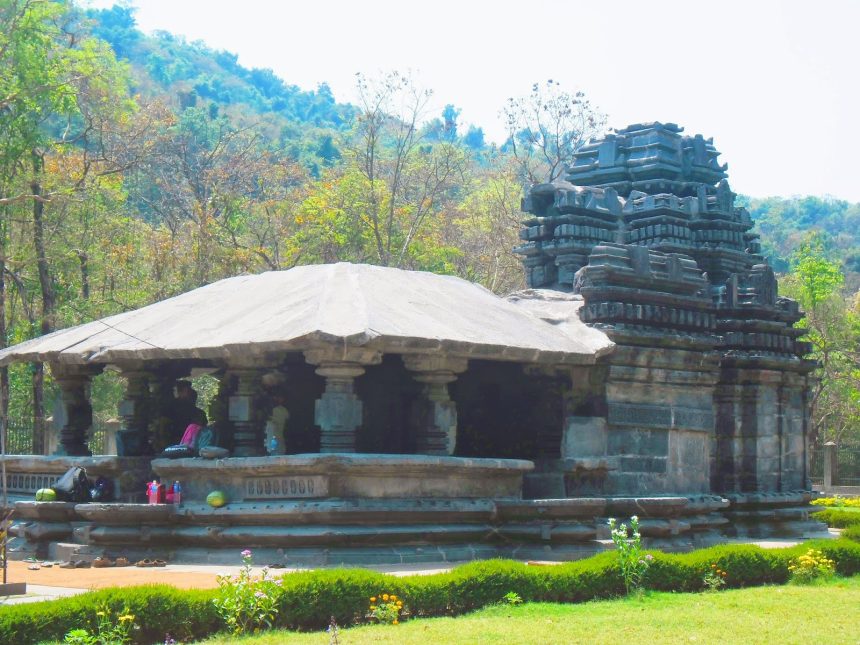Goa’s ornate, old architecture, which has Portuguese influences, is one of its main attractions. But the Sunshine State’s rich, fascinating history goes back far deeper than the entry of foreign invaders. Many monuments and buildings constructed many years ago have stood the test of time. The most enigmatic of the group is likely the Arvalem Caves, which are close to the well-known falls of the same name in Sanquelim, North Goa.
These caverns, which are about an hour’s drive from Panaji, are said to have been cut in the sixth century. Scholars have long been interested in learning more about their roots. There are several legends associated with the ruins’ foundation as a result of the dual nature of the engravings and items discovered there over time.
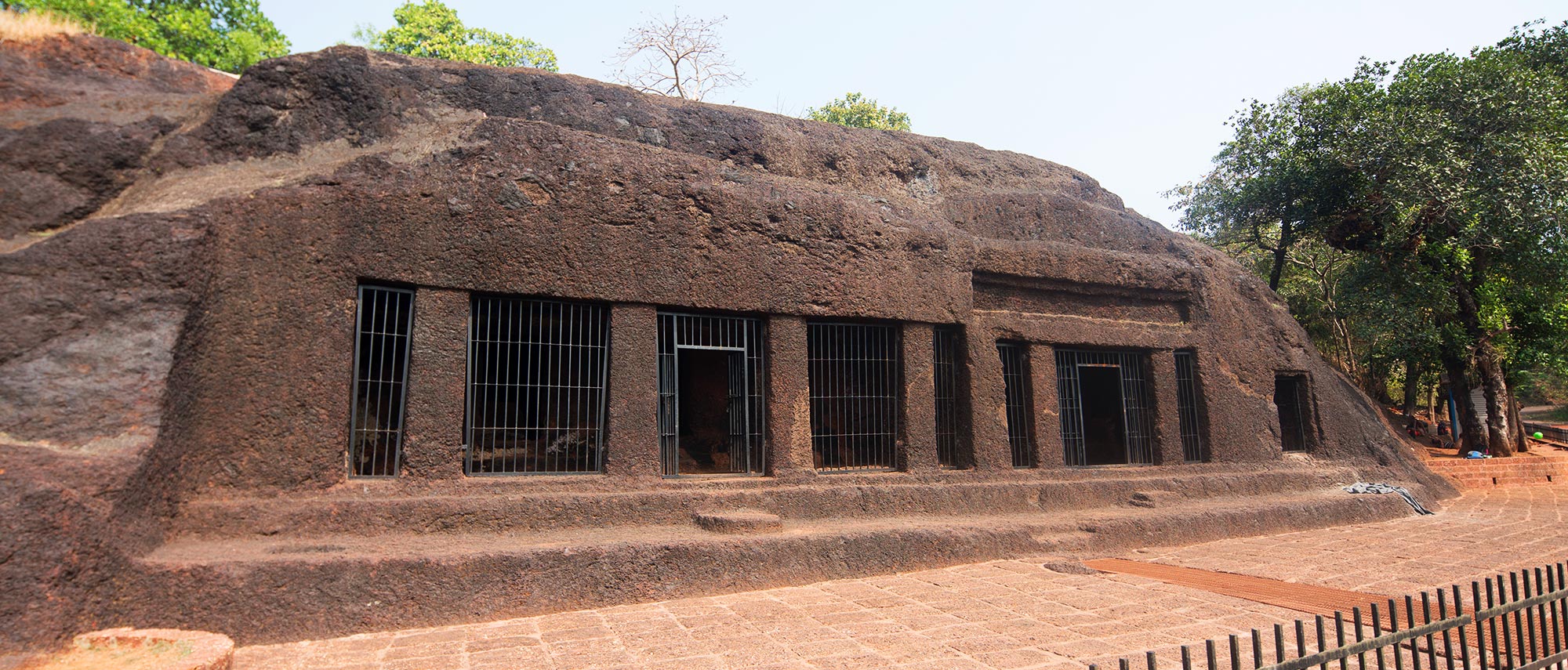
Legends And Discoveries From The Goa Caves
Many people think they are Buddhist in origin and that some wandering monks carved them out of a single laterite rock. The architecture mimics that of comparable caves known to have been carved by the Buddhists, i.e. rock-cut caverns with the sanctuary at the northern end and the vihara at the southern end. However, the walls and ceilings are plain and devoid of any old cave paintings. Nearby, a sizable statue of Mahavir Gautama Buddha from the fourth century was also discovered.
- Advertisement -
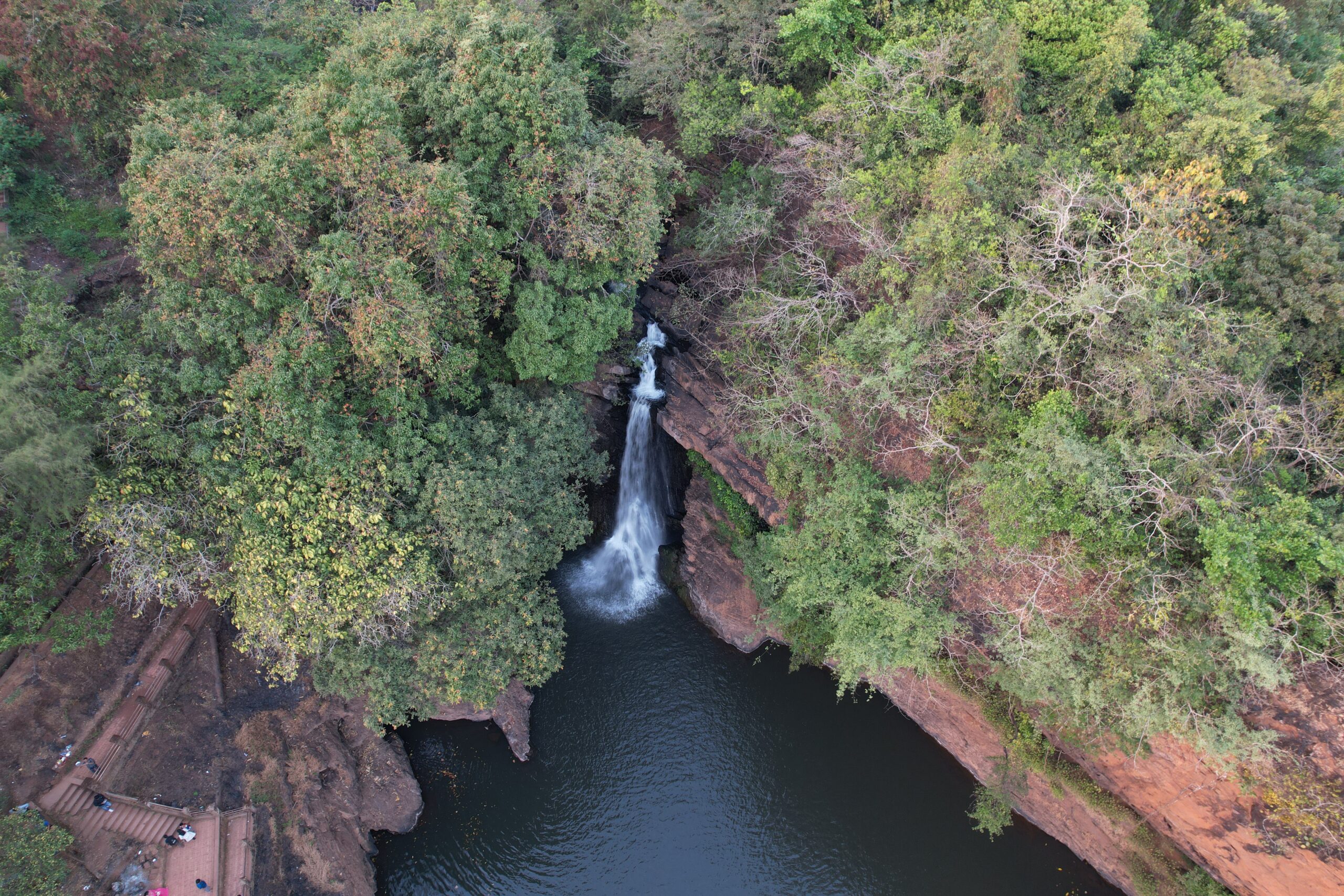
A sizable statue of Mahaveer Gautama Buddha from the 4th century was uncovered during adjacent excavations and is currently on display at the Goa Museum. These data compel academics to embrace the original explanation of Buddhism.
However, the existence of lingas in the caves supports the Brahmin origin idea, which is what many people also think. Sanskrit is used to carve and inscribe these lingas (phalluses), and the Bhoja era is thought to be the source of the carving’s style.
The Pandava Caves and Their Location
The Pandava or Arvalem caverns are thought to have been cut somewhere in the sixth century. According to historians, it has been determined that there are only two explanations for the complexity of the sculptures. Items found in these caves are either they are of Buddhist or Brahmin origin. One tale holds that the Pandava brothers from the Mahabharatha epic. Yudhisthira, Bhima, Arjuna, Nakula, and Sahadeva, lived in these caverns for their twelve years of exile.
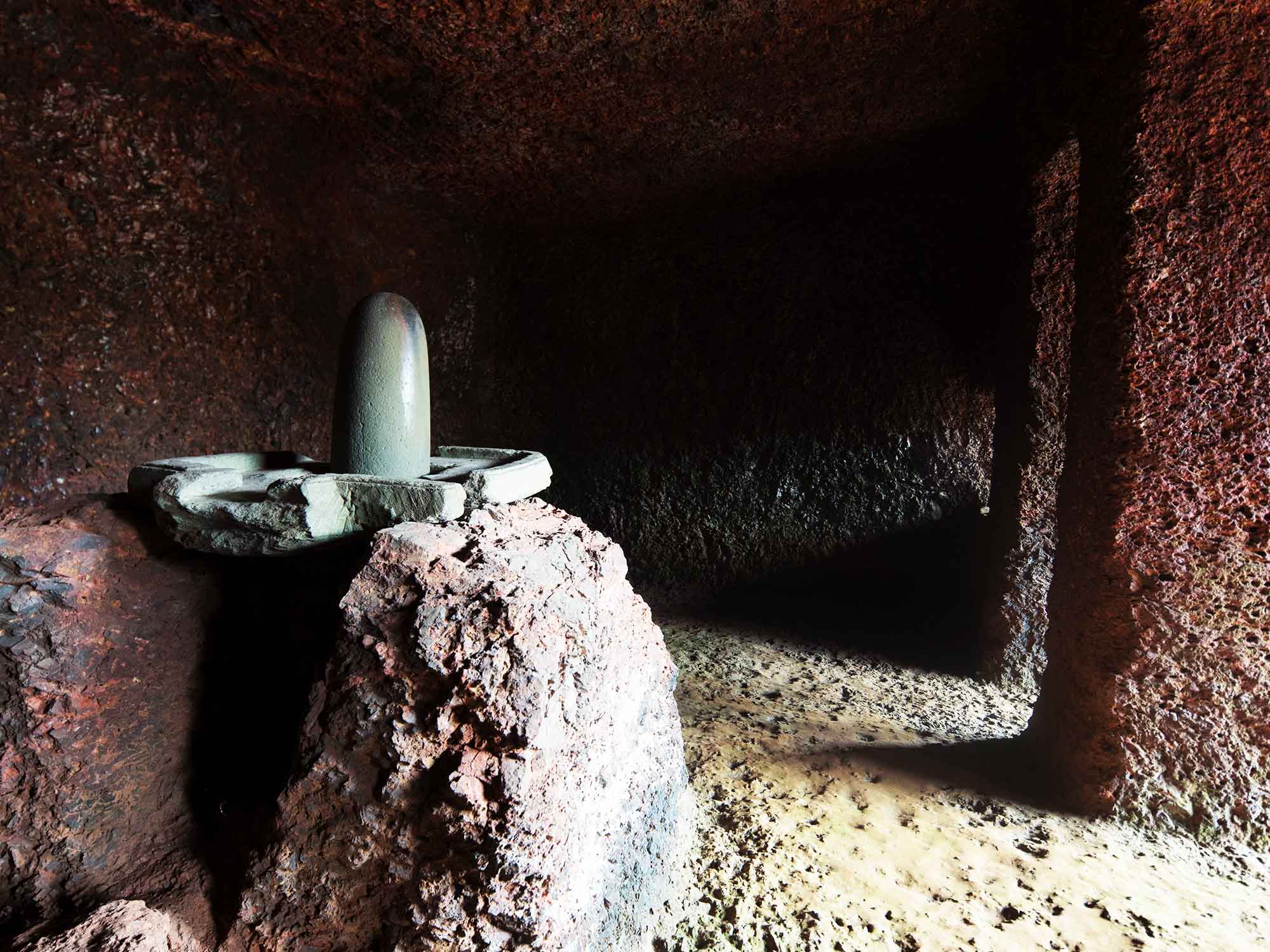
The architecture of these caves is similar to that of the caves known to have been carved by the monks. Rock-cut caves with the sanctuary at the northern end and the vihara at the southern end. Leading many others to believe that the caves were in fact carved by traveling Buddhist monks out of a single laterite rock.
However, the existence of four shivlings in the caves clearly suggests that they are either of Brahmin origin or that they were Shaivite caves that were transformed. These lingas (phalluses) are carved in the Bhoja era style and have Sanskrit writing on them.
The History Behind The Arvalem Caves Of Goa
The Portuguese governed Goa for 450 years. But very few of us are aware that Goa was controlled by various Hindu kings for many centuries prior to the arrival of the Portuguese. The traces of these early kings are still visible today across the state.
The little town of Arvalem in North Goa, which is 31 kilometers from Panaji, is widely known among tourists for its stunning waterfall and a collection of caverns that date back 1,500 years. These Arvalem Caves, also known as the Pandava Caves, are among the state’s oldest examples of exquisite Hindu architecture.
Architectural Beauty Of The Caves
Its enigmatic architecture is what draws both visitors and locals to Arvalem Caves. It doesn’t appear to fit into any one cultural tradition. The caverns’ construction from a single laterite rock evokes Buddhist temple design.
However, the caverns include five compartments—possibly one for each Pandava Brother. There is a Shiva Linga erected in each compartment. The plain walls, devoid of any embellishments, are more in keeping with the Hindu architectural style and the history of the Pandavas.
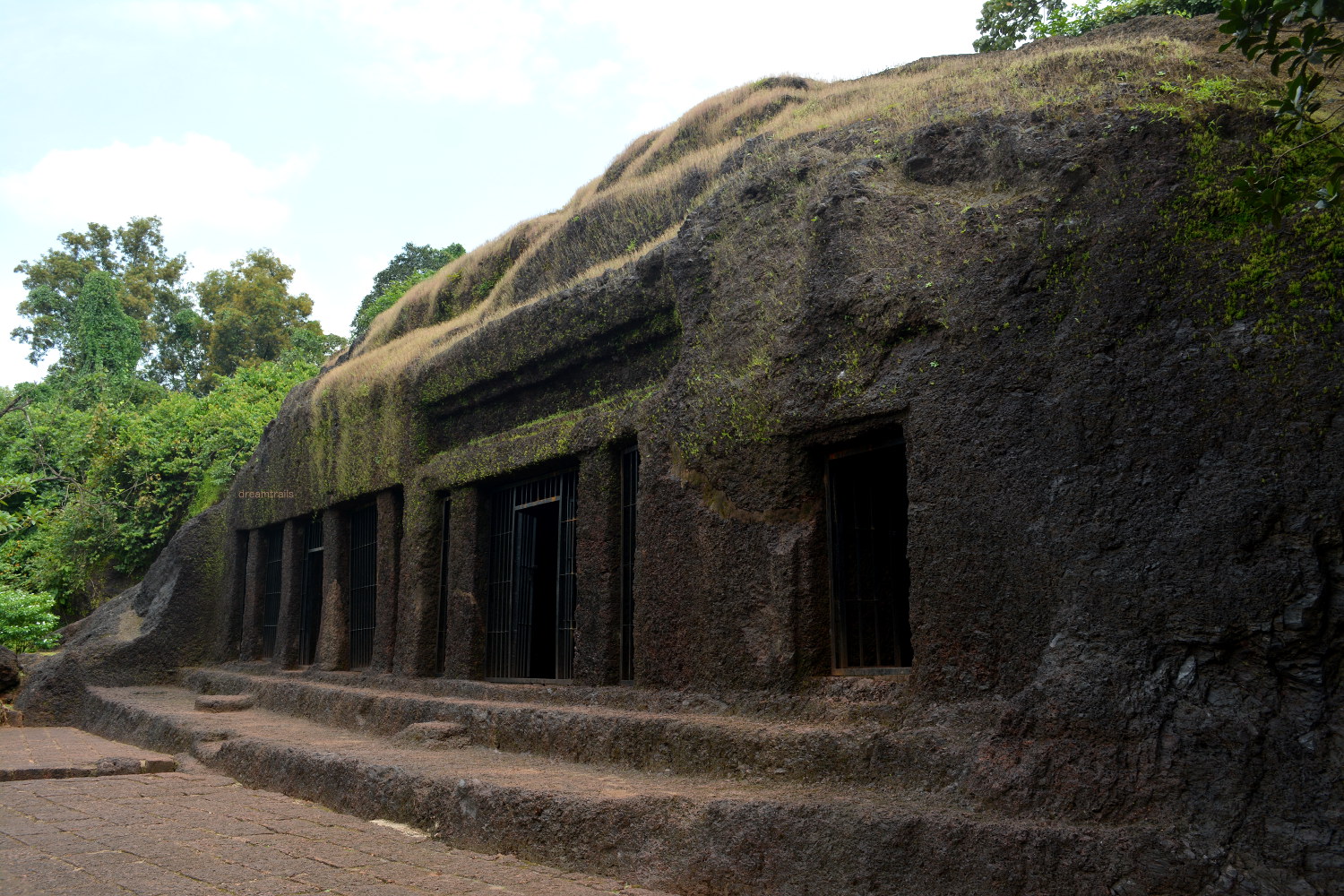
Over time, humans have discovered several Shiva lingas from the Bhoja period (11th Century), a Buddha statue from the fourth century, and other artifacts from these caverns. These items all either remain in the caverns or are on display in the Goa Museum.
How To Visit The Arvalem Caves Of Goa
One of Goa’s finest offerings is the less popular Arvalem Waterfalls. Just 1.5 km from the caves, the Mystical Arvalem waterfalls’ rushing melody will transport you to the serene rhythm of the water.
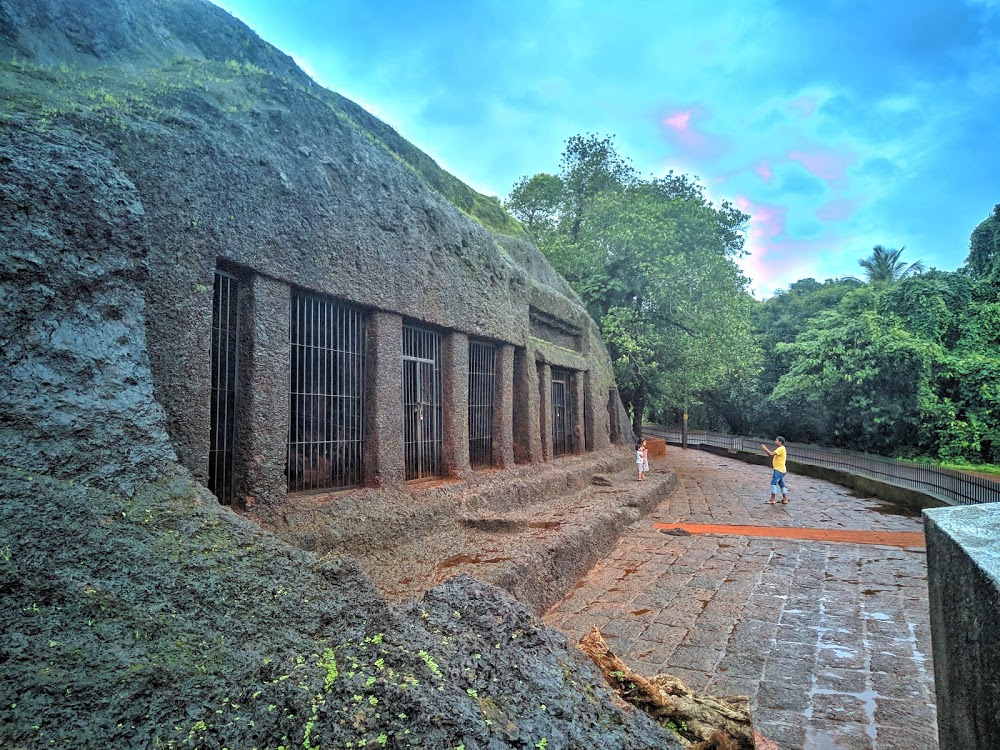
It gushes from a height of 70 feet and condenses into a lake or pool, which is the specific location where swimmers can immerse themselves in it. Because of the year-round pleasant weather, visitors may visit the waterfalls whenever they choose. But the best time to view the waterfalls is during the monsoon. Tourists can enter the cave between the hours of 9 am and 5 pm, with a break between 1 pm and 2 pm.
Conclusions
Let me give you a reason if you’re still unsure as to why you ought to visit the Arvalem Caverns. The fact that no one knows who built this cave or why was what makes it so wonderful. The future? But once you’re there, you can actually feel the centuries of history seeping into its scholarly, quiet, and watchful walls.
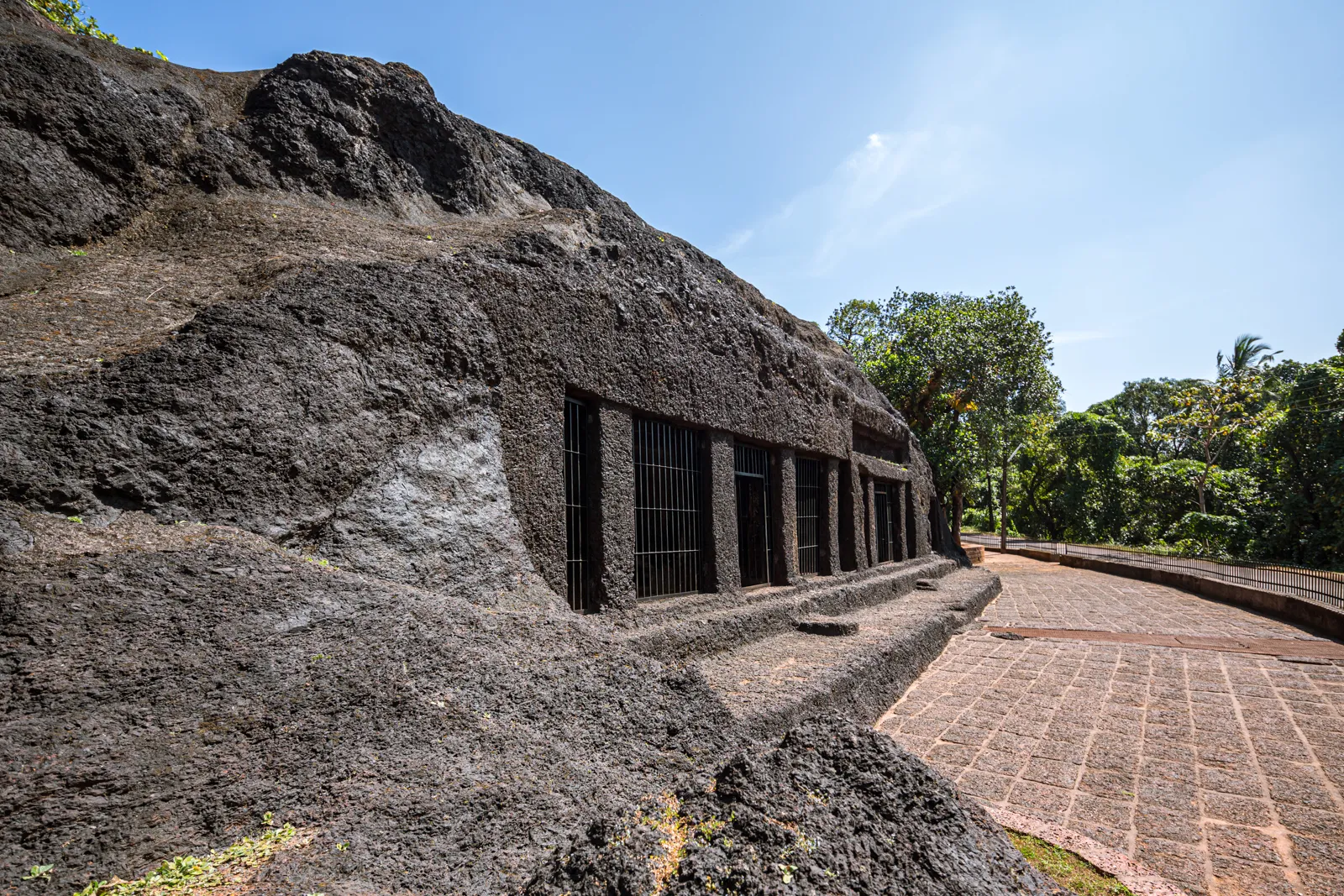
I sincerely hope you have enjoyed reading my blog. If you decide to visit the Arvalem caverns, please take care not to trash, spray-paint, or otherwise destroy the area. Investigate Goa’s mysteries responsibly.
For more amazing reviews and insights like this, stay tuned to Interviewer Pr

